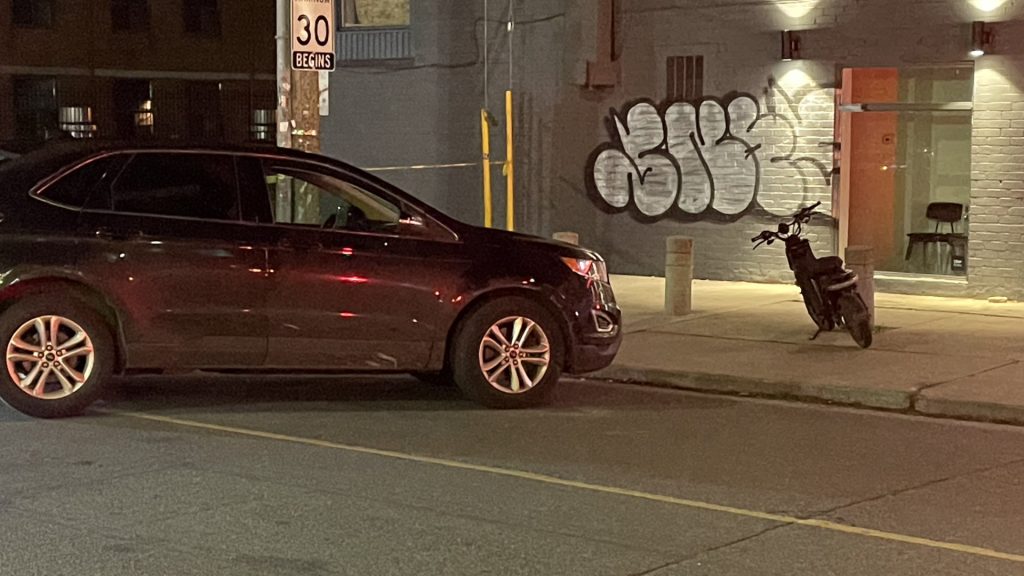Why Green P parking lots in Toronto could soon become housing hotspots
Posted March 21, 2024 7:04 pm.
Last Updated March 21, 2024 7:19 pm.
Toronto’s city council, spearheaded by Mayor Olivia Chow, wants to pave over parking lots, including some Green P lots, and replace them with affordable housing.
Among the Green P locations being considered is one site in Kensington Market, a parking lot Mayor Chow considers a priority spot. Chow, who admits she has been pushing for this since she was a councillor 20 years ago, believes it to be an intelligent strategy.
“The people of Toronto need us to leave no stone unturned when it comes to building desperately needed affordable housing,” Mayor Chow said on Thursday.
The “stones” the mayor is referring to include the city’s surface parking lots, which contain 38,000 spaces that could be considered much-needed housing. Twenty-three of these lots, accounting for approximately 10,500 spaces, are garages. The remaining 27,500 spaces are contained in approximately 181 parking surface lots.
The primary debate at city hall is whether it makes more sense to leave the parking lots as is to meet vehicular demand or if housing should remain the priority.
“We encourage people to take public transit, and I think it’s a win-win when we do that,” said Toronto Centre Councillor Chris Moise. “It irritates me to no end that we’re talking about cars versus housing or people. That’s not the case.”
Green P lots are too valuable to commuters, councillors argue
Green P parking lots in close proximity to TTC stations are the focus, including the one outside Broadview Station, which features more than 90 parking spaces. Another parking lot along the Danforth near Woodbine Station may soon become a six-storey, low-rise apartment with two stacked townhouses.
“We ought to look at some of those Toronto Parking Authority (TPA) lots that are actually losing money,” said Beaches-East York Councillor Brad Bradford.
“People might be surprised to hear that because you could look at a subway station like Kipling, where there are probably 500 to 600 cars daily. That is not what I am talking about.”

Councillors like Stephen Holyday (Etobicoke Centre) are concerned about what happens when those valuable and in-demand parking spaces disappear.
“This is a picture of the Kipling lot. I took it [Wednesday morning],” said Councillor Holyday, holding up his photo. “I don’t know if it’s 700 or 1,000 cars, whatever the capacity is. It’s pretty full. What do you think of this lot? Should we dig it up?”
Councillor Parthi Kandavel (Scarborough Southwest) agrees with Councillor Holyday, pointing to even longer commutes should these parking lots be removed and ultimately replaced.
“To add 50 minutes by removing a parking space or a parking lot is ridiculous when you talk about livability.”
In contrast, Mayor Chow says the parking can be replaced while still building housing if needed.
“Nothing is happening on these sites. Why don’t we use it? Because it’s a bit of an eye sore, with it being a flat piece of land.”
A study is being undertaken to determine how many of the 200-plus Green P parking lots across Toronto could become housing sites. A report is expected back by the end of the year.
With files from Momin Qureshi of CityNews 680










